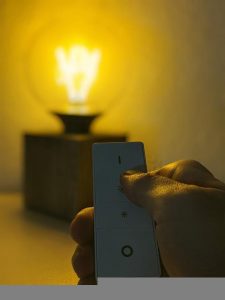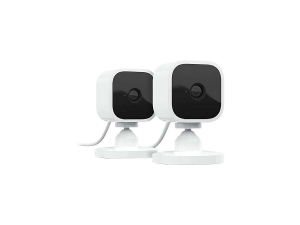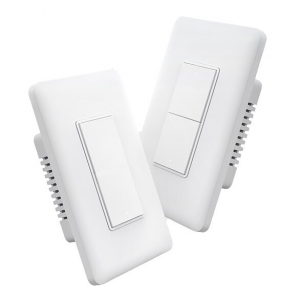Controlling Lights with Ezlo to Save Energy: Part 1 – Bulb Types
- March 31, 2014
- by Ezlo Admin
Previously we explained here how the thermostat is typically the single biggest target for saving energy (and money) with a smart home. If you haven’t yet replaced your home’s old-fashioned thermostat(s) with a Smart Thermostat(s), you should! With that said, we’ll now turn our attention to some other ways you can save energy with Vera Smarter Home Control, beginning with lighting.
To appreciate how dimming lights and home automation can save energy, it’s helpful to have some perspective on the different types of light bulbs and how they factor into all this.
Today’s lighting world is in turmoil, as we’re at a turning point where the tried and true technology of a century — the incandescent light bulb — is rapidly being replaced by compact fluorescent (CFL) and light emitting diode (LED) technology. Of the three, the CFL has become the least expensive to use, when you consider both the cost of the bulb and the electricity it uses, although LED is a bit more energy efficient. To get the equivalent amount of light as a 60-watt incandescent bulb, a CFL will typically require 14 watts, while LED requires just 10 watts.
LED offers several other advantages. This is very subjective, but many people don’t like the light from CFLs as much as from incandescents or LEDs, usually because of perceived flicker, but also because the color temperature or “warmth” of CFLs can’t match the higher quality of the other two.
For home automation lamp dimmer modules, CFLs can be problematic because either they cannot be dimmed at all, or if they can, it’s over a limited range, such as from 70% to 100% of full brightness. Incandescent and LED bulbs, by contrast, can be dimmed down to as little as 10% or even less.
The bottom line? If you want to save energy, dim lights over a wide range, and have a pleasing quality of light, LED technology is the best. The LED bulbs are currently expensive compared to the others, but they do last a very long time, as much as 50,000 hours. (CFLs are known to sometimes last for much less time than claimed, especially when mounted upside down, in severe temperatures, or other conditions.)
As you grow your Vera home automation system keep in mind that prices for LED bulbs are expected to drop dramatically over the next few years. So you might initially use CFL bulbs to save money, replacing them with LEDs after a few years as prices go down.
In the next blog, we’ll look at strategies for saving energy using Lamp Dimmer technology.




